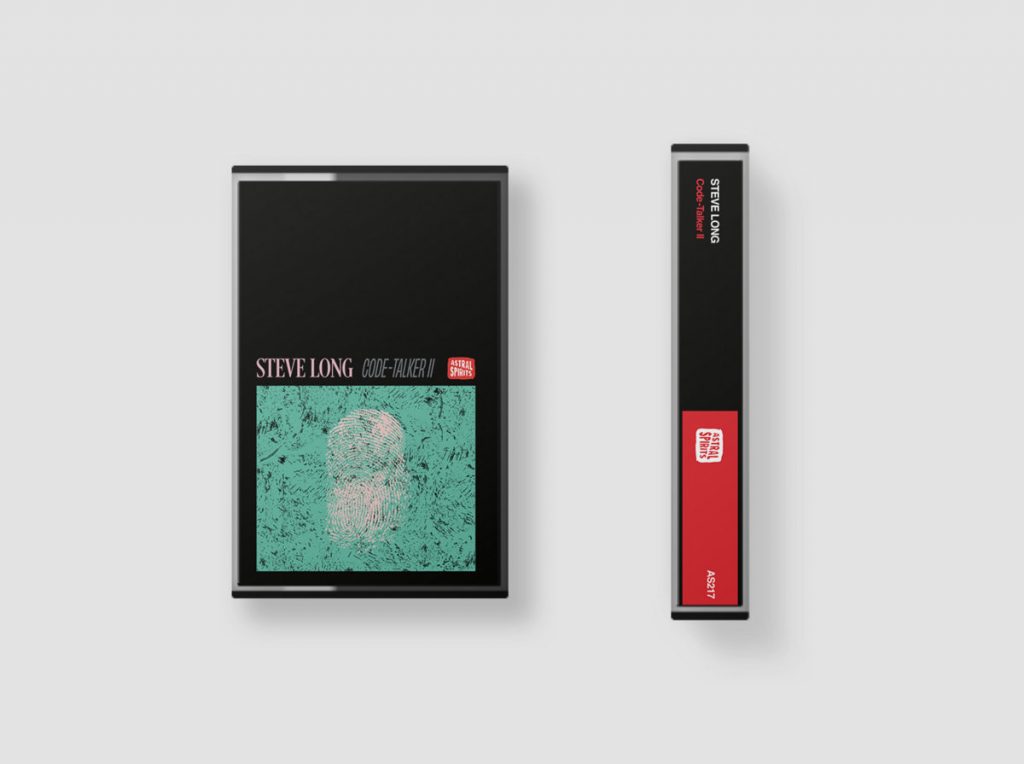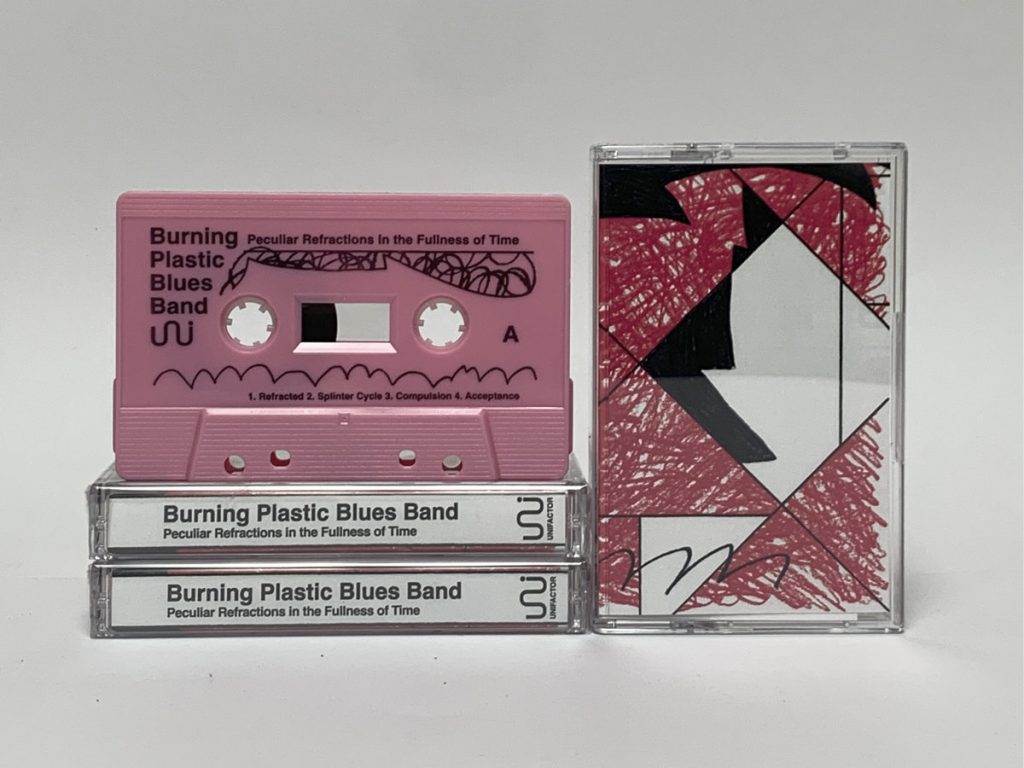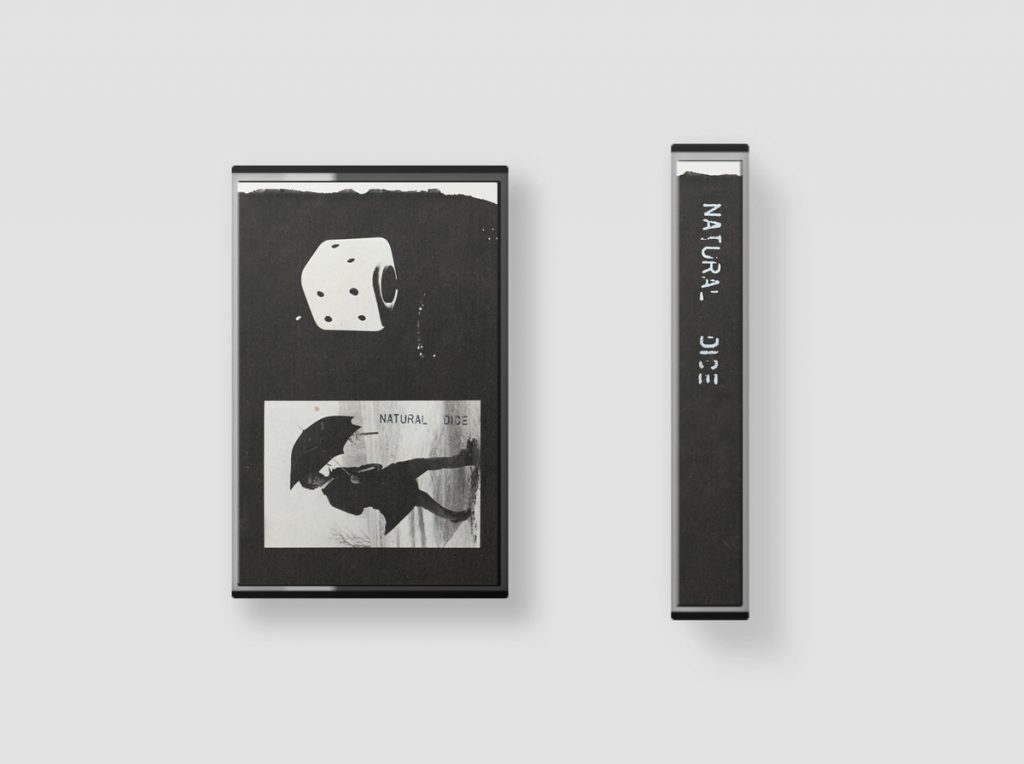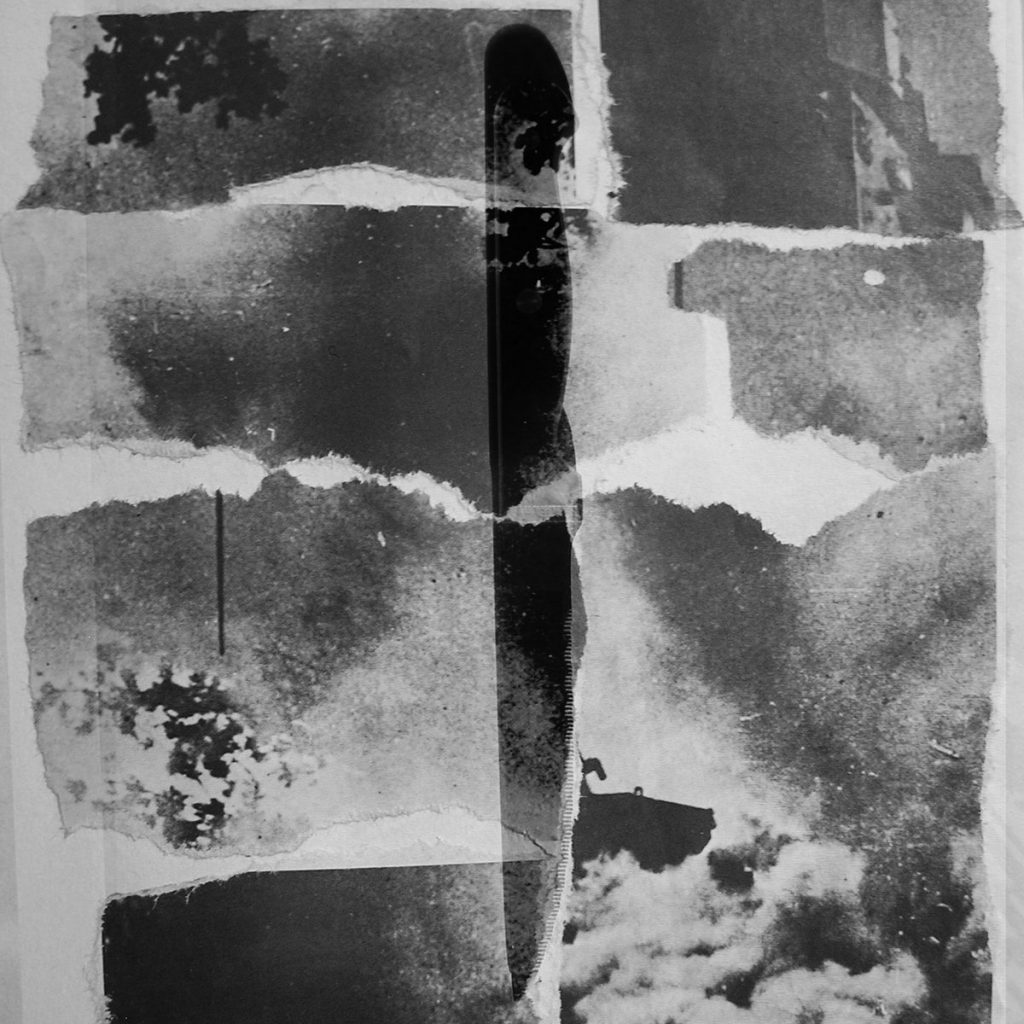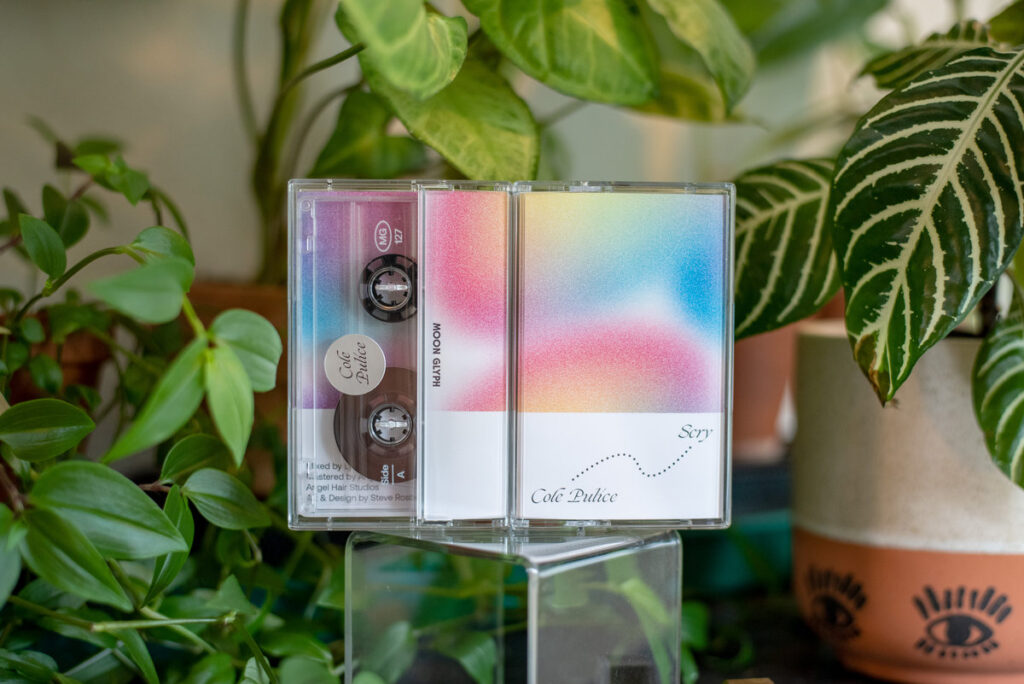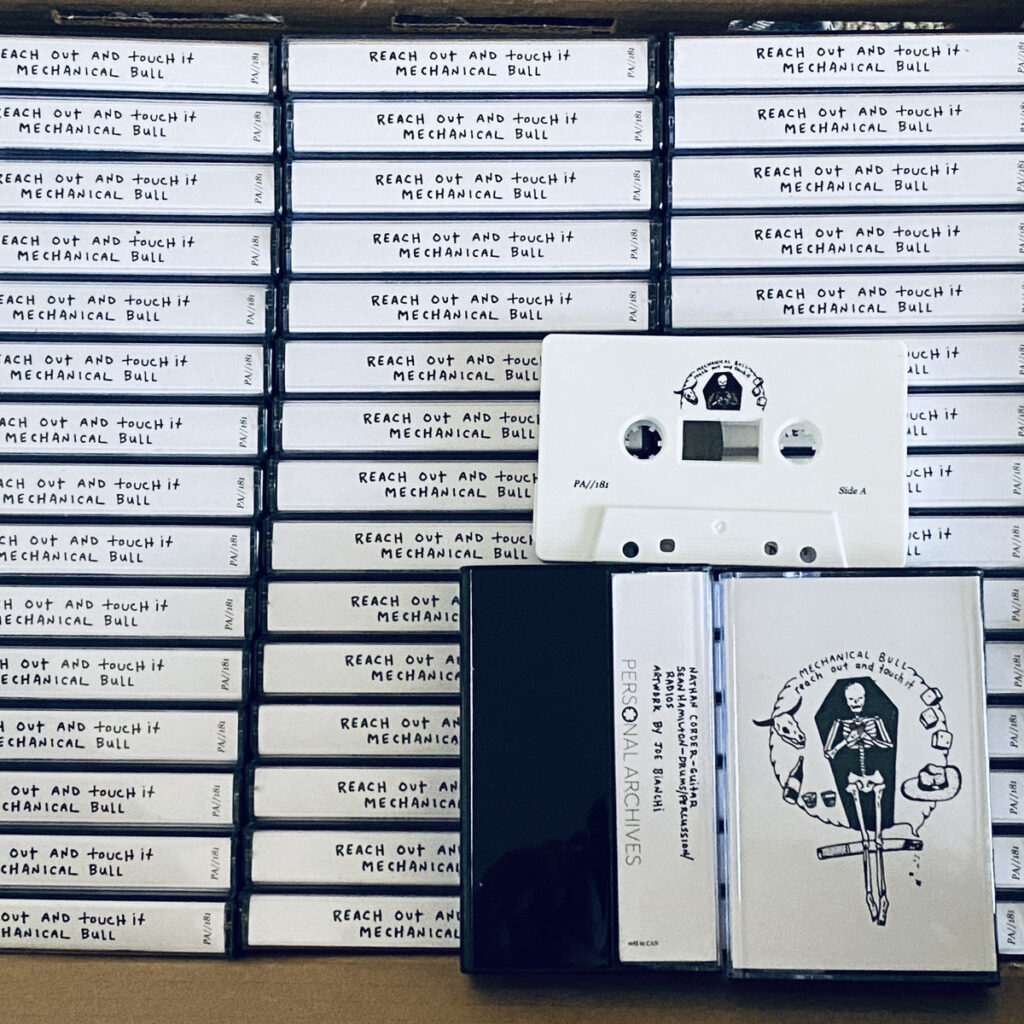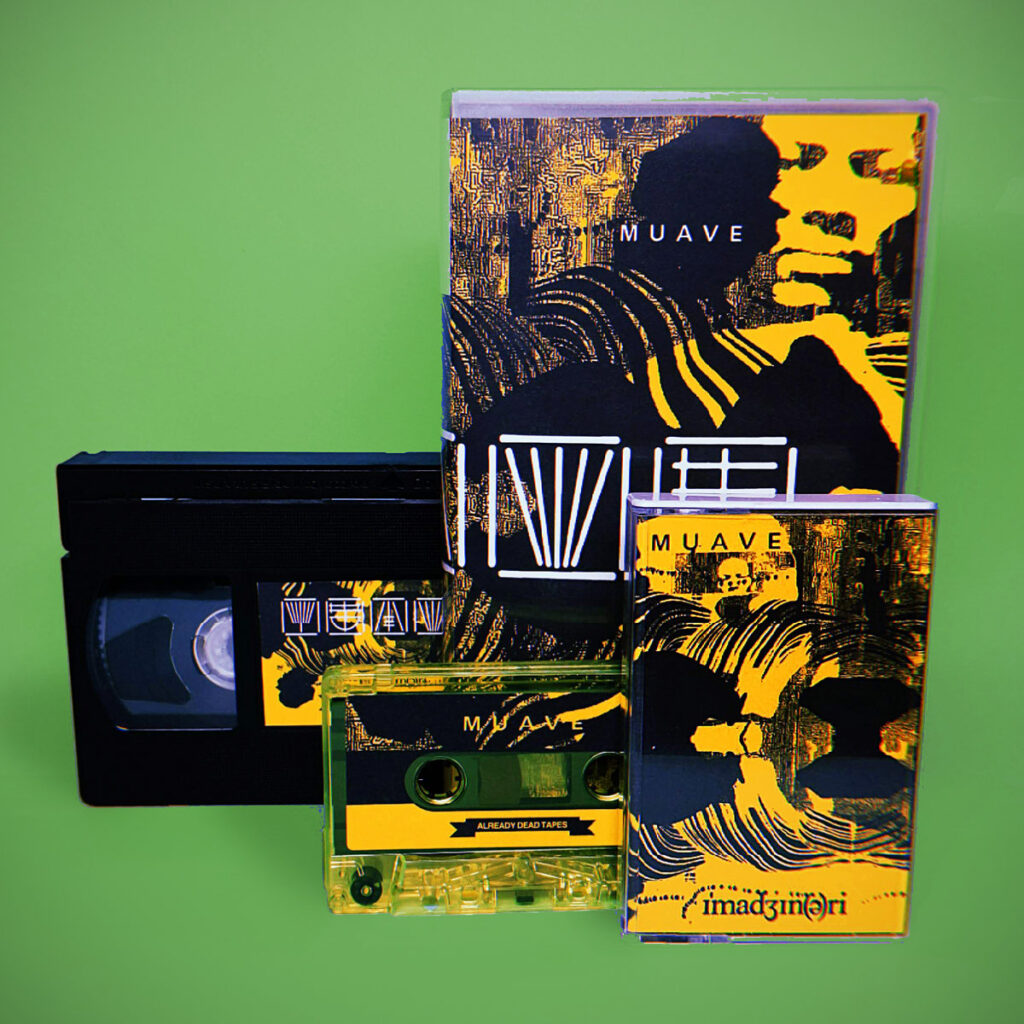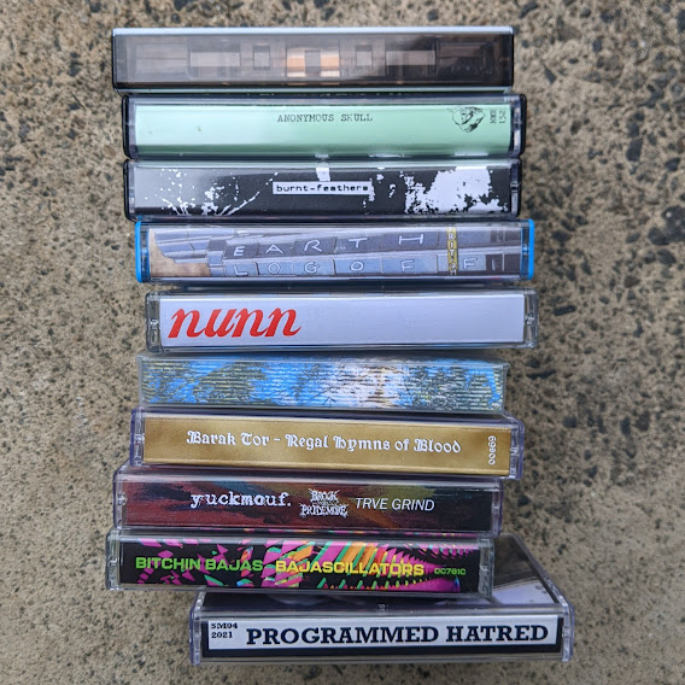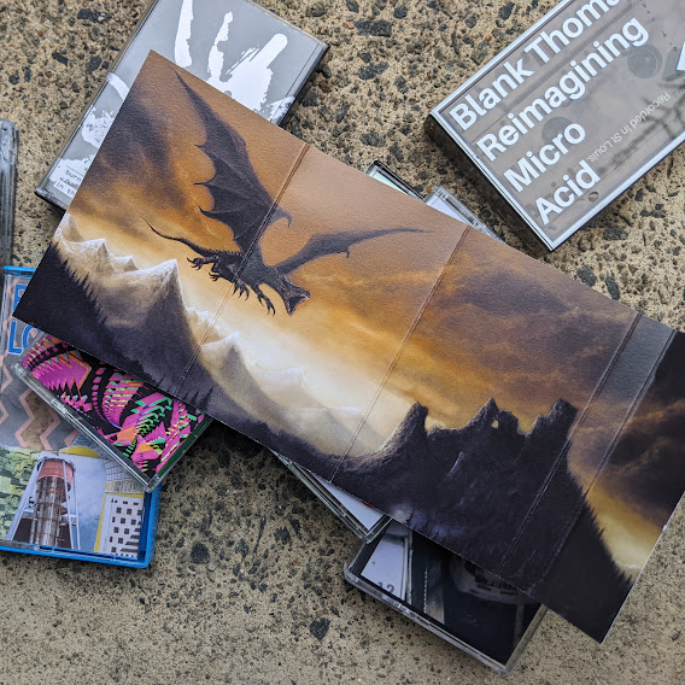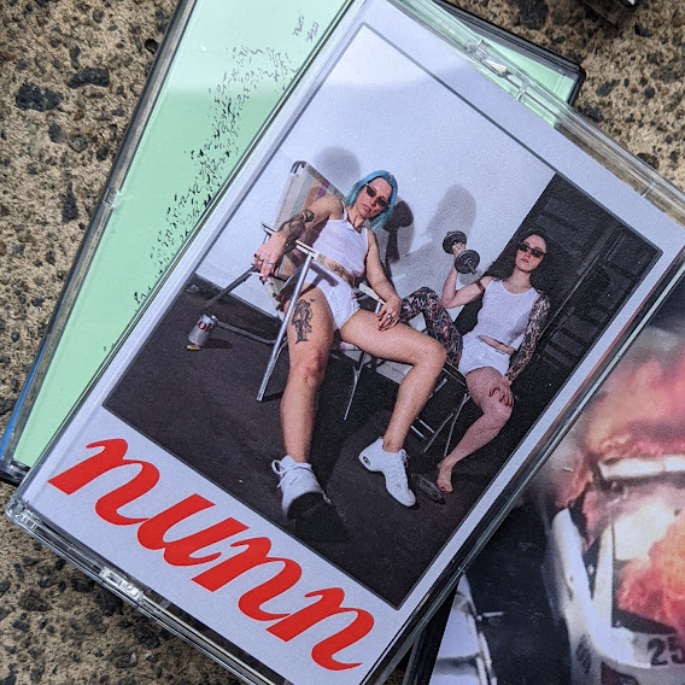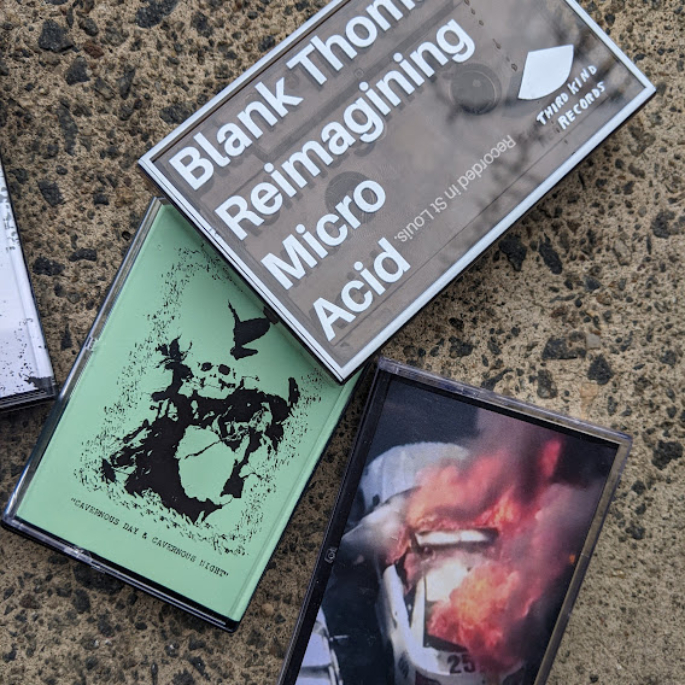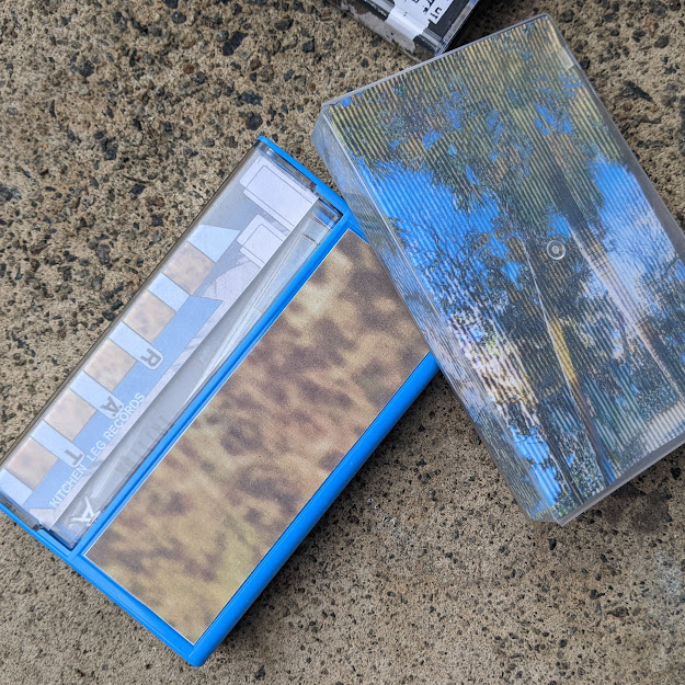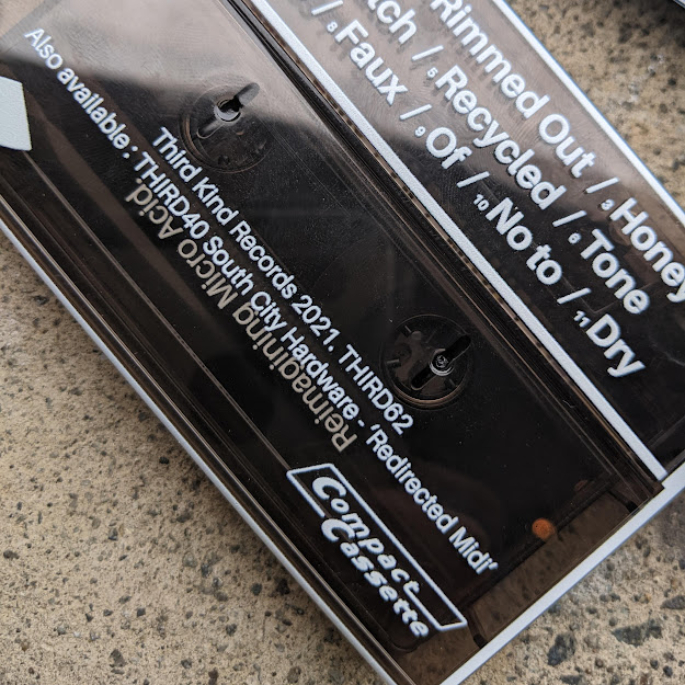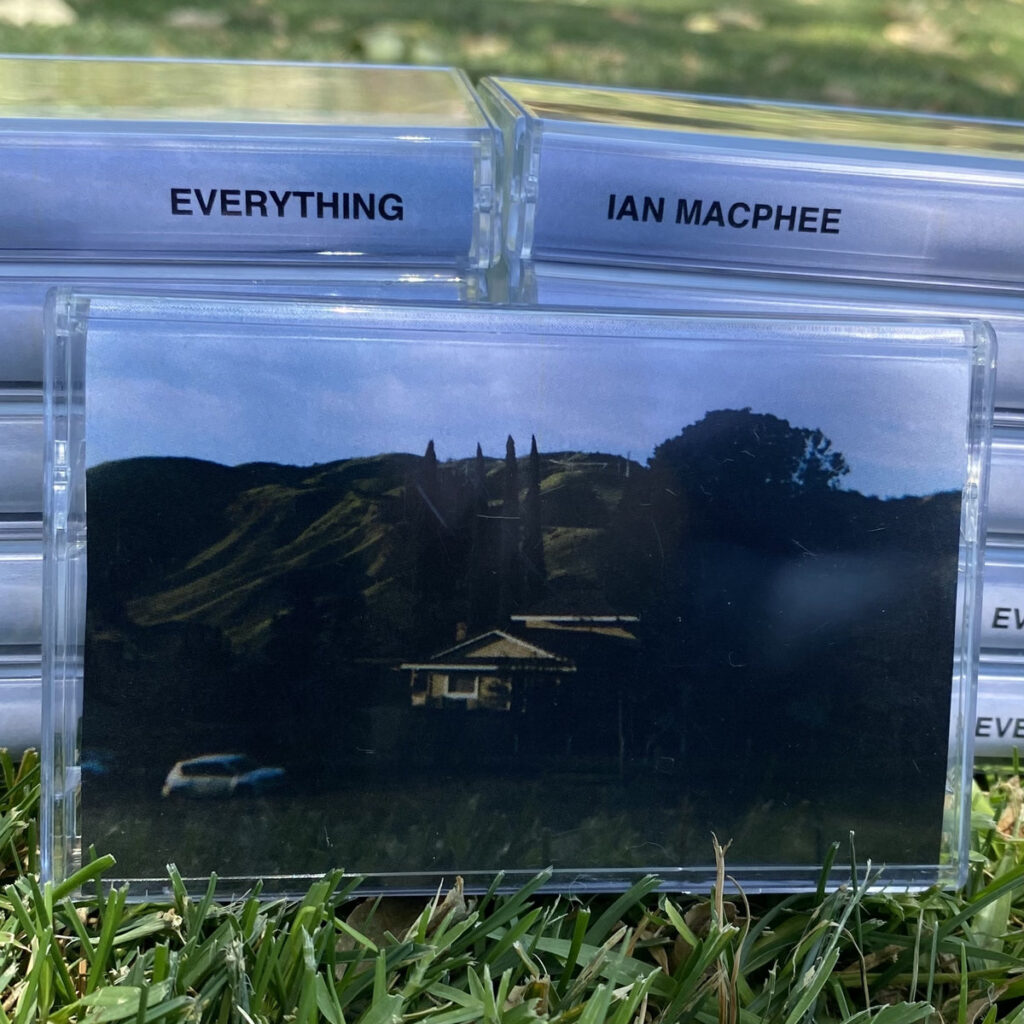Sentry – Perfect Blue Bubbles
11.10.22 by Matty McPherson
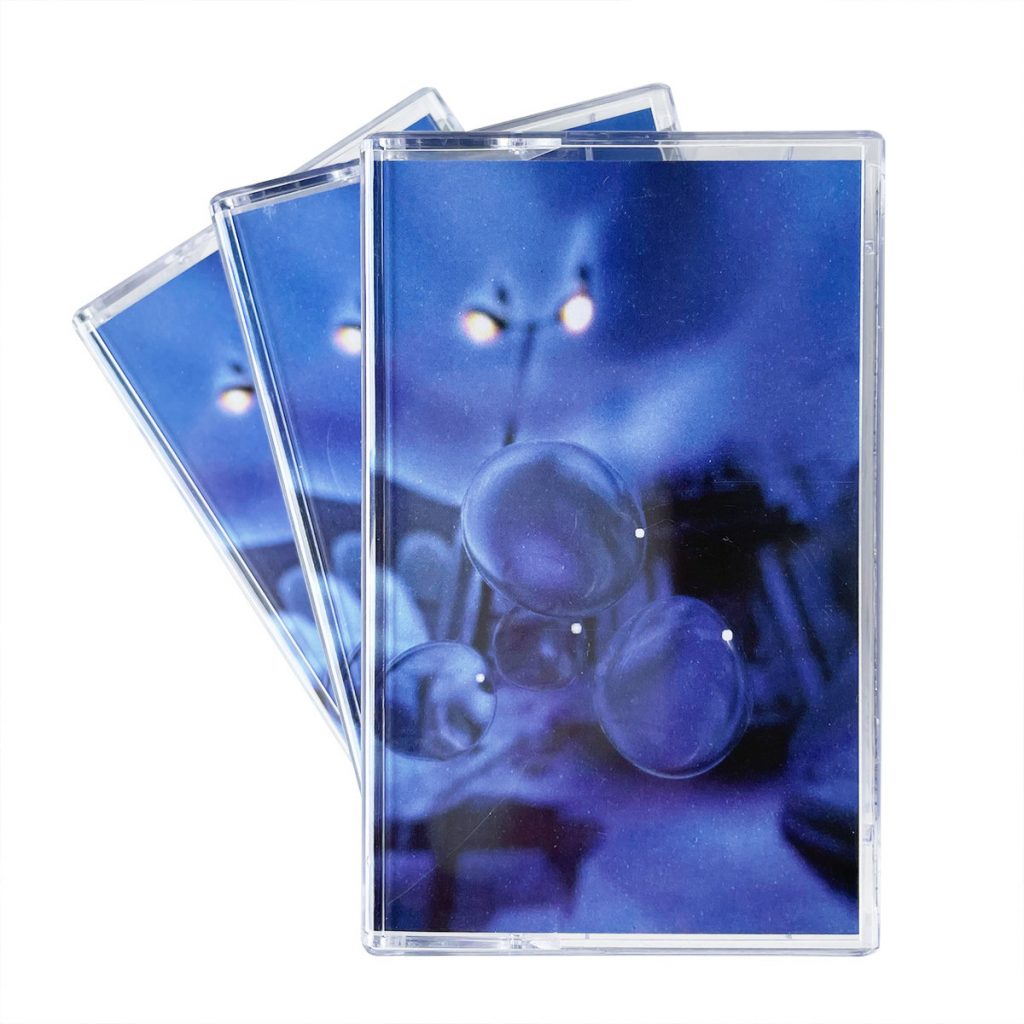
We turn our attention today towards a Brooklyn “Mostly Electronic Cassette Label” upstart, Jollies. I’ve been paying attention to Jollies here and there throughout the past couple of years, as the label has slowly built a catalog of vigorous brainy zones amongst visceral pleasure. African Ghost Valley and Geomag are both easy highlights. In the span of about 3 years, the label has logged on with 16 endeavors for the hi-fi, and Sentry’s Perfect Blue Bubbles might just take the cake for the premiere zone from the label to date.
Now Sentry is no first time caller, long time listener. The Sheffield, UK-based Jonathan George Fox has been releasing tapes under this moniker (amongst Aches, Foundling, j. Fox, and Power Therapy) for a bit, most often through his Flight Coda label. Perfect Blue Bubbles might as well be a prime entry way into Fox’s world of sounds. Ambient synths as a baseline for distinct club-oriented beats, hi-hats, and bass thumps. It’s not an earth-shattering template: “UBLVBLHD” is the platonic example, working as icy-clean four-on-the-floor that chills accordingly. Yet, this is definitively a rip-roaring good time, especially thanks to small left-turn details. You’ll notice that on your first go-around, where “Citiopolis” drops its rhythm out and lets the synths gently levitate until hi-hats are called back for a sudden dance floor bop; how “Boiler Person” keeps one foot tuned to an ethereal amalgamation of acid-house and another foot in abstract industrial-dance patterns, until it suddenly merges the two and a flood of zany, jammy gamer synths rush through; high BPM energy like “Donut 2″ that revive the fervor of an R&S 12” while maintaining those airy synthesizer melodies that keep your body gliding.
And that’s just the first side. In fact, I’d make a gander that Fox was using all that energy as build-up for a more abrasive “knock-you-on-yr-ass” back half clap back (at least the one minute Good Clean interlude suggests he could go even further). “Arc” thumps with a the quaking power of a giant. “Chance” follows building off those Arc drums, with a corroding liquid synth squiggle. “Is This Real?” isn’t a rhetorical question for Drew Daniel, it starts at a subterranean level and brilliantly moves it sound palette through murky and clear channels like yr traversing different soundproof chambers of a warehouse rave. A lot of this energy does culminate in Workcitipoly, which perpetually is going haywire with vocal samples, sudden synth cut outs, and the best THUMPS that four on the floor muster. It’s a rollicking finale, and there ain’t much more to say but that.
Limited edition tape with full color double sided j-card, professionally dubbed glitter cassette with body print, is available at the Flight Coda bandcamp pages

